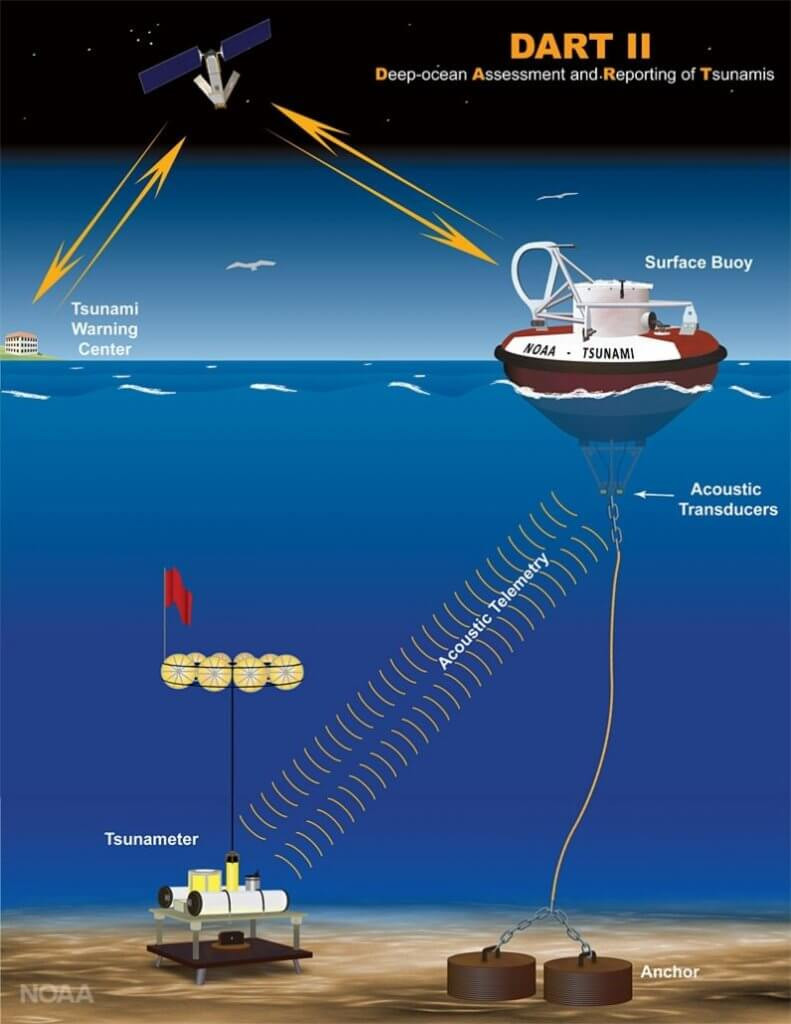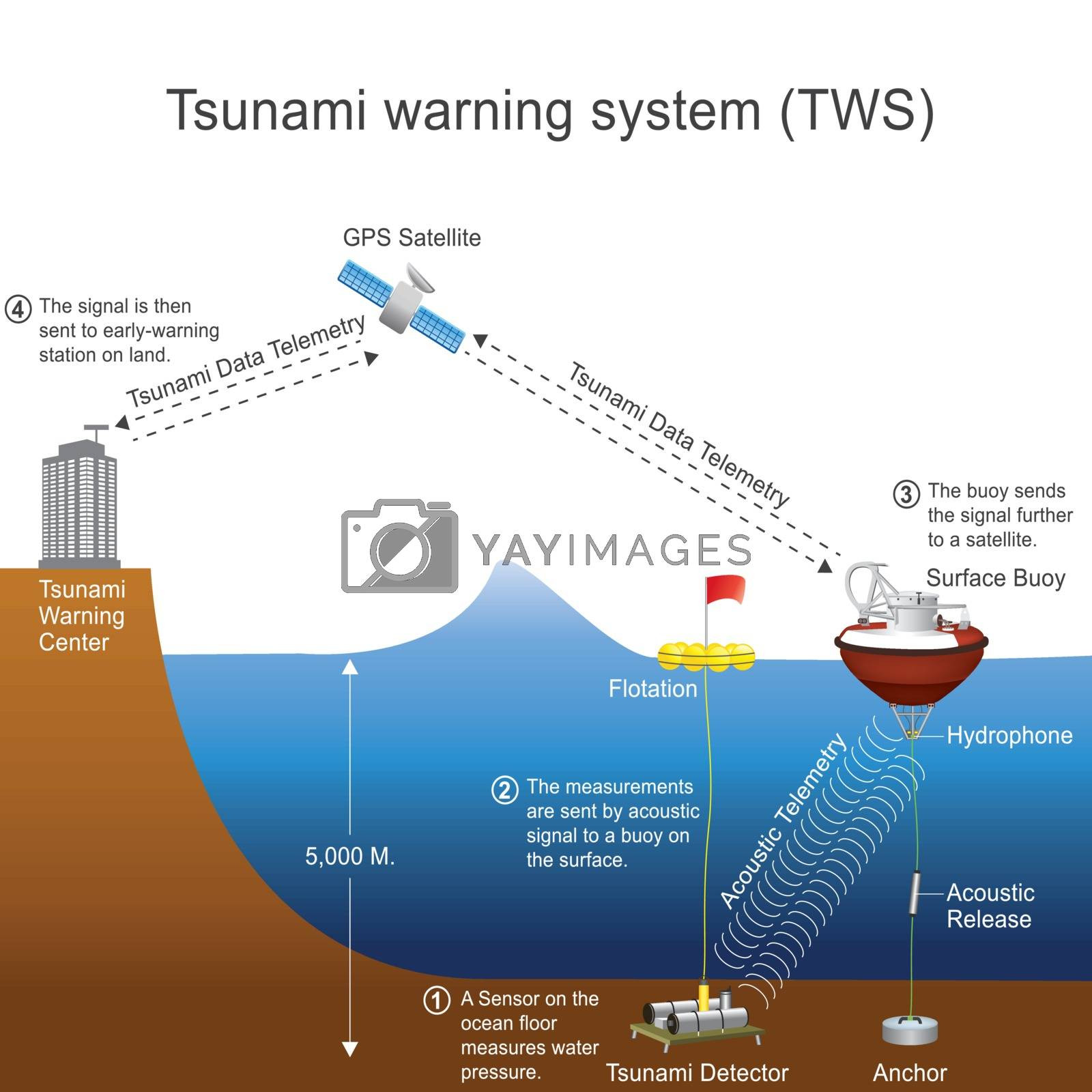A tsunami in the Illawarra? That's what popped up on weather watch alerts for people across NSW this morning. It may have been part of a test for Bureau of Meteorology staffers - for which it later issued a national apology - but it gave many a moment of shock.
"An undersea earthquake of magnitude 8.2 has occurred at 10am AEST on Wednesday 25 September near off west coast of South Island, New Zealand," the alert issued at 11.39am on Tuesday, September 25 stated.
"At this stage no tsunami waves have been observed that may threaten Australia."
It alert continued that, if a tsunami starts it would hit Tasmania after 12pm, NSW and Victoria after 12.15pm, and Queensland after 1.15pm.
"The Joint Australian Tsunami Warning Centre is closely monitoring the situation and will advise immediately if there is cause for concern," the alert continued.
Along with the alert came a map showing the entire NSW coastline could be impacted.
One Wollongong worker shared the alert he received on his smartwatch, it simply said "tsunami warning, Mount Ousley, NSW". There was no initial wording that said it was a test warning from the BOM until he clicked through to read the notification.
The BOM said sorry at 1.15pm, it was almost two hours after the tsunami alert was issued.
"The test warnings were sent to the BOM Weather app for various locations. The test warnings were cancelled immediately after they were issued."
The BOM said testing is important to help the Bureau and partners prepare and plan for real tsunami threats.
The Bureau is testing the tsunami early warning system for Australia," it posted.
Around the time of the tsunami alert the BOM posted on X (formally Twitter) to advise the alert was a test.
"The Bureau is testing the tsunami early warning system for Australia," it posted.
"Please be advised that between 11AM-12PM AEST on Wednesday 25 September 2024, we will issue a TEST post. Please disregard this post."
An hour later it Tweeted again to confirm it was a test and "there is no tsunami threat to Australia".
The Importance of Testing
The Bureau of Meteorology has said that testing the tsunami early warning system is crucial for ensuring the safety of Australians. The testing allows the BOM to identify any weaknesses in the system and to ensure that it is able to effectively warn the public in the event of a real tsunami.
The BOM is not the only organization that conducts these types of tests. The Joint Australian Tsunami Warning Centre (JATWC) also conducts regular tests of its tsunami warning system. The JATWC is a joint venture between the Bureau of Meteorology and the Geoscience Australia.
The JATWC is responsible for monitoring seismic activity in the Pacific Ocean and for issuing tsunami warnings to Australia and its territories. The JATWC has a long history of success in issuing accurate tsunami warnings.
Lessons From Past Disasters
The need for a robust tsunami warning system is underscored by the devastating impacts of past tsunami events. One of the most notable examples is the 2011 Tohoku earthquake and tsunami that struck Japan.
The earthquake, which measured 9.0 on the Richter scale, triggered a massive tsunami that caused widespread devastation along Japan's northeastern coast. The tsunami killed more than 15,000 people and displaced hundreds of thousands more.
The Tohoku earthquake and tsunami highlighted the importance of having a reliable and effective tsunami warning system in place. The event also led to significant improvements in tsunami warning systems around the world, including in Australia.
Ensuring Public Safety
While the test may have caused some initial concern, it's a valuable reminder of the importance of being prepared for natural disasters. The BOM's efforts in testing their systems and the JATWC's constant monitoring play a vital role in ensuring public safety in the face of potential threats like tsunamis.
The Bureau of Meteorology has stressed that there is no current tsunami threat to Australia. The public can rest assured that the BOM is diligently working to protect the country from such events.
The BOM has urged the public to stay informed and to refer to their website or app for the latest updates on any potential threats. The BOM also recommends having a family emergency plan in place and knowing where to go if a tsunami warning is issued.
A Vital Lifeline
The BOM's tsunami warning system is a vital lifeline for Australians living along the coast. The system provides early warning of potential tsunamis, giving people time to evacuate to higher ground.
The testing of the system is a critical part of ensuring that it works effectively when it is needed most. By conducting these tests, the BOM is helping to protect the lives of Australians and to minimize the impact of future tsunami events.


















